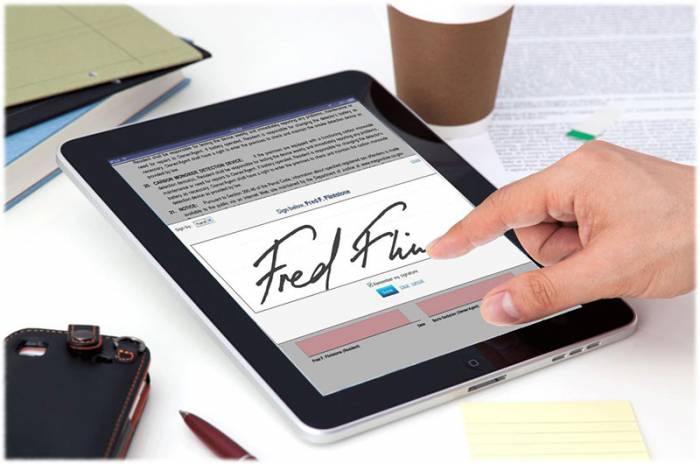
The importance of cursive writing for signature verification in digital transactions
Prioritizing digital transaction security and authenticity is crucial. An effective way to achieve this is to use signature verification. In order to verify the identity of the signer, a digital signature must be compared to a known signature. This process helps ensure that the person claiming to be the signatory is who they say they are.
Compared to other handwriting styles, cursive writing offers a number of advantages. It's simple to read and quick to compose. Everyone's cursive signature is different and difficult to create. Because of this, using cursive signatures in digital transactions—where security is crucial—is excellent.
understand cursive writing
Cursive writing is a type of handwriting in which letters are joined together. It is a fluid, flowing writing style often used for personal correspondence and other informal documents. Cursive writing was first developed in the Middle Ages and became popular in the 18th century.
Because cursive writing is a distinctive and personalized style of writing, it is a crucial component of signature authentication. Cursive writing also allows for greater creativity and expression.
Importance of cursive writing in signature verification
Cursive writing is important for signature verification because it is a unique and individual writing style. Everyone's cursive signature is different and difficult to create. Because of this, using cursive signatures in digital transactions—where security is crucial—is excellent.
The cursive alphabet is a set of letters joined together in a fluid, flowing style. It is a more efficient way of writing than printing and allows for greater creativity and expression. Cursive writing was first developed in the Middle Ages and became popular in the 18th century.
Read More:- SVTIndia | Digital Marketing Company in Agra
When a person signs their name in letters, they are essentially creating a digital footprint. Your signature is verified using distinctive aspects of your writing, like the letter shapes and sizes, the distances between letters, and the stroke directions.
Factors affecting signature verification
There are many factors that can affect the accuracy of signature verification. These include:
- Exclusive image quality. A high-quality image is essential for accurate signature verification.
- Signature type. Italic signatures are more difficult to create than printed signatures.
- The writing style of the signer. Some people have a more distinctive writing style than others. This will make it easier to verify your signatures.
- Signer's familiarity with the signature verification process. If a signer is familiar with the process, he is less likely to make mistakes.
Legal aspects of cursive writing in digital transactions
The legal validity of italic signatures varies in different jurisdictions. While some jurisdictions consider italicized signatures legally binding, others do not. It is important to thoroughly check the laws of the jurisdiction where the digital transaction takes place to ensure the legality of an italic signature. This due diligence will help ensure that the cursive signature has the necessary legal meaning and can be considered valid.
Technology verification and signature
Various techniques are used to verify signatures in digital transactions. These include:
- Optical character recognition (OCR). Text may be extracted from photographs of signatures using OCR software. This text can then be compared to a known signature to verify the identity of the signer.
- Biometric signature verification. Sensors are used by biometric signature verification systems to record each individual signature's distinct features. These attributes are then used to verify the identity of the signer.
- Writing analysis. Handwriting analysis is a process of examining the unique characteristics of a person's handwriting to determine their identity. This technology can be used to verify signatures that are not captured in digital format.
Best practices for cursive writing in digital signatures
People can strengthen their signatures and write more neatly in cursive by taking a few different steps. These include:
Practice regularly: The more you practice, the better your cursive writing will be.
Use a consistent writing style: This will make it easier for signature verification systems to verify your signature.
Make sure your signature is legible: Ambiguous signatures can be difficult to verify.
Avoid making mistakes: Mistakes can make it easier for someone to forge your signature.
The future of digital transaction signature verification
The future of signature verification in digital transactions is quite promising. Exciting developments are occurring as cutting-edge technologies such as machine learning and artificial intelligence have the potential to increase the accuracy and reliability of signature verification. Using these innovations, we can take the security and efficiency of digital transactions to new heights.
Conclusion
Cursive writing is an important part of verifying signatures in digital transactions. It's challenging to write in such a distinctive and intimate way. By consistently utilizing a consistent writing style and engaging in regular cursive writing practice, people can increase the security of their digital signatures. There are currently technologies under development that could enhance the precision and dependability of signature verification. These innovations could improve the efficiency and security of digital transactions.









